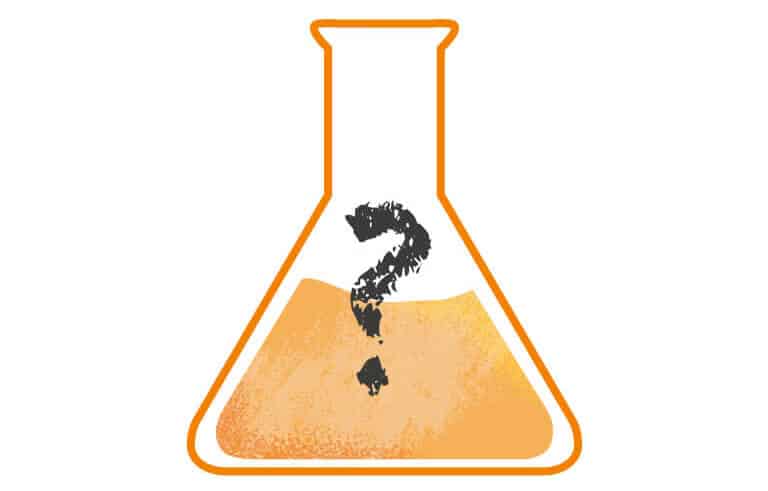Our third patent demonstrates how our technology is differentiated. The Citrine Platform doesn’t just predict materials properties; it provides value by enabling executives to make smart decisions.
Product Design and Materials Development Integration using a Machine Learning Generated Capability Maps
Patent granted no. 11,004,037 B1
Co-optimize product performance with underlying materials properties through capability maps. Capability maps convey the achievability of various target property combinations, enabling sophisticated discussions between materials producers and their customers developing products.
Capability maps visualize the likelihood of achieving properties with one or more candidate across a whole design space. This insight lets materials researchers make data-driven decisions around which direction to go in. By comparing design spaces, they can see whether the use of certain ingredients or process parameters is likely to improve properties before lots of investment in experiments goes ahead. This technology can also be used by application engineers to communicate clearly with customers early on about whether target properties are achievable with current technology, or whether higher cost ingredients or processes are needed to reach them. A conversation about cost and property trade-offs can then occur. The technology behind the maps is outlined in more detail in this paper in MRS Communications.

Previous Patents
Predictive Design-Space Metrics for Materials Development
Patent granted no. 10,675,300
Guide strategic R&D portfolio decisions through systematic predictive evaluation of whether a design space contains improved materials. Described in detail in this paper in NJP Computational Materials.

Using Machine Learning to Explore Formulations Recipes with New Ingredients
Patent granted no. 10,984,145 B1
A methodology to rank candidate formulations recipes based on their likelihood of achieving target specifications. These recipes can include previously untested ingredients.
Citrine has patented a way to assess whether a new ingredient would improve a formulation, before doing experiments. By using domain expertise in the form of labelling ingredients by their functional role and recording their properties, predictions about a formulation’s properties can be made with and without a new ingredient. This can filter out unsuitable ingredients before synthesis and testing is carried out.
